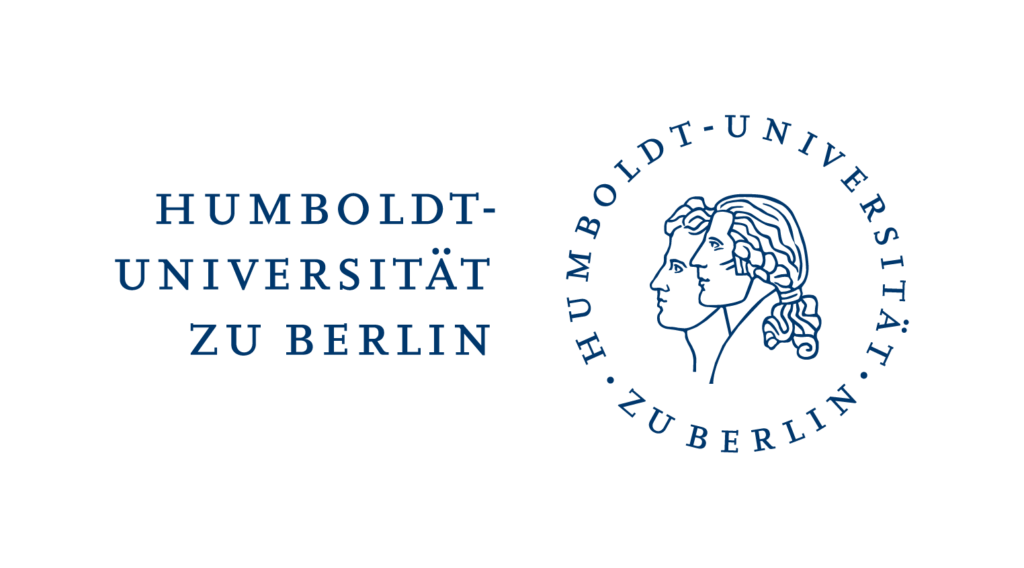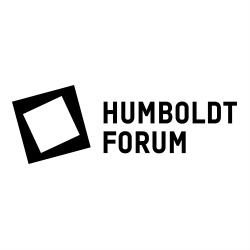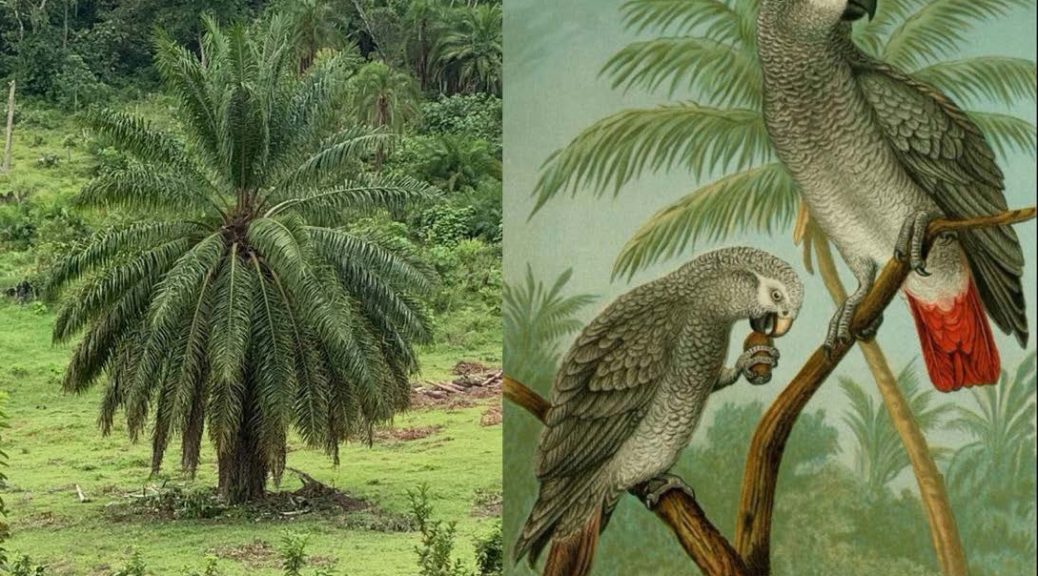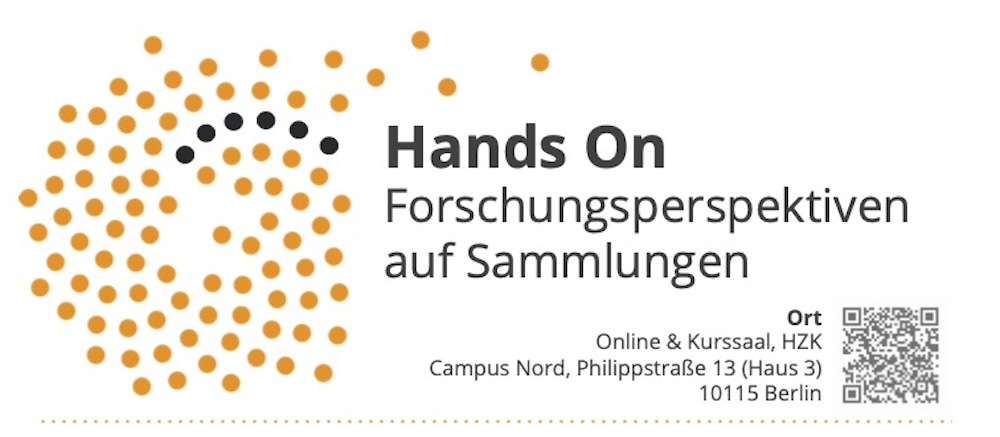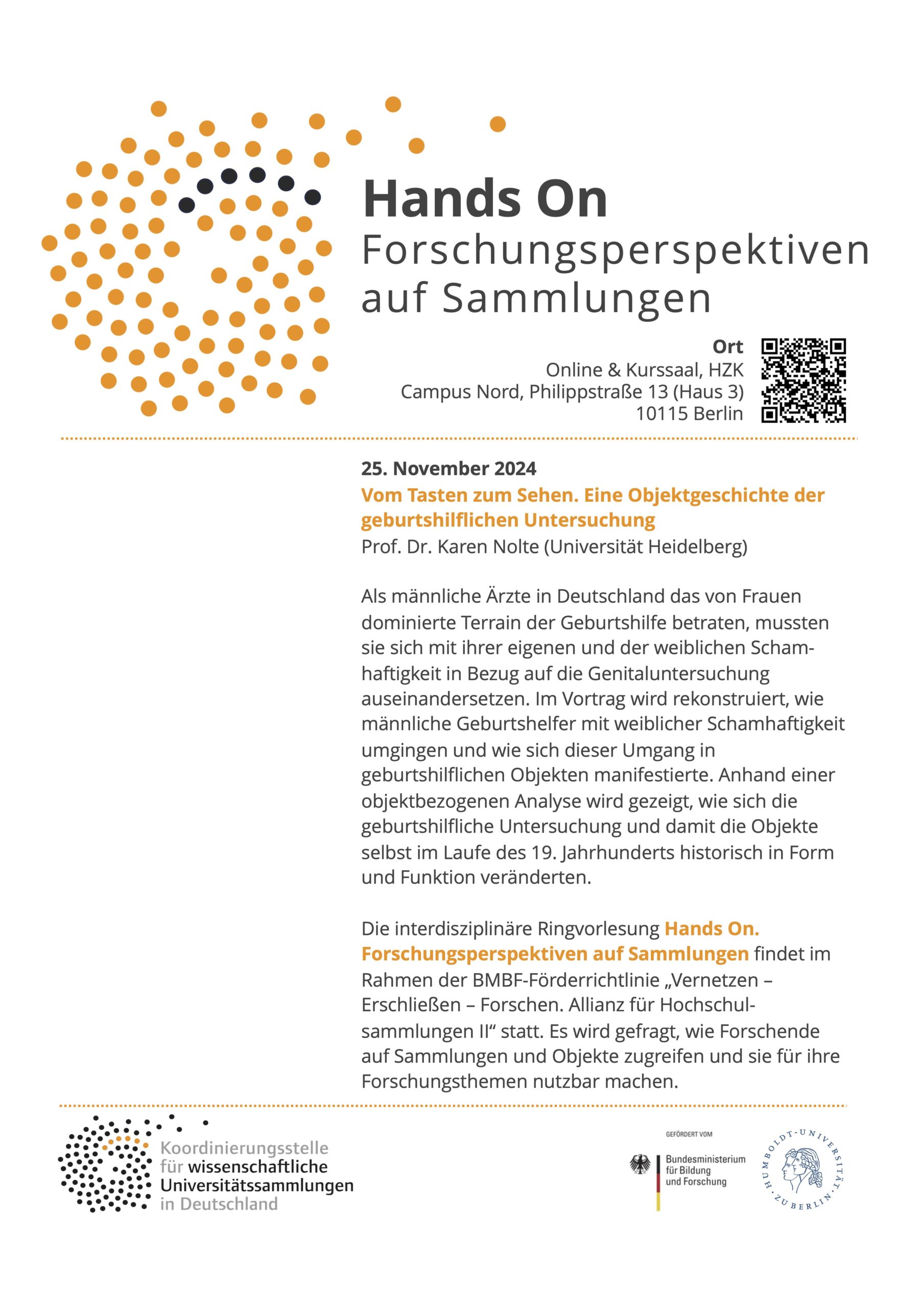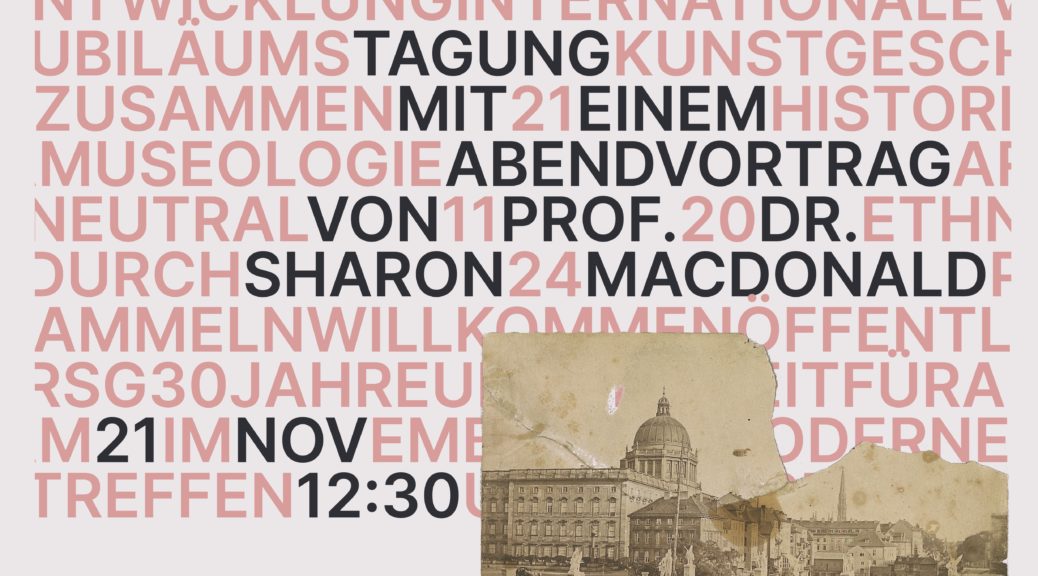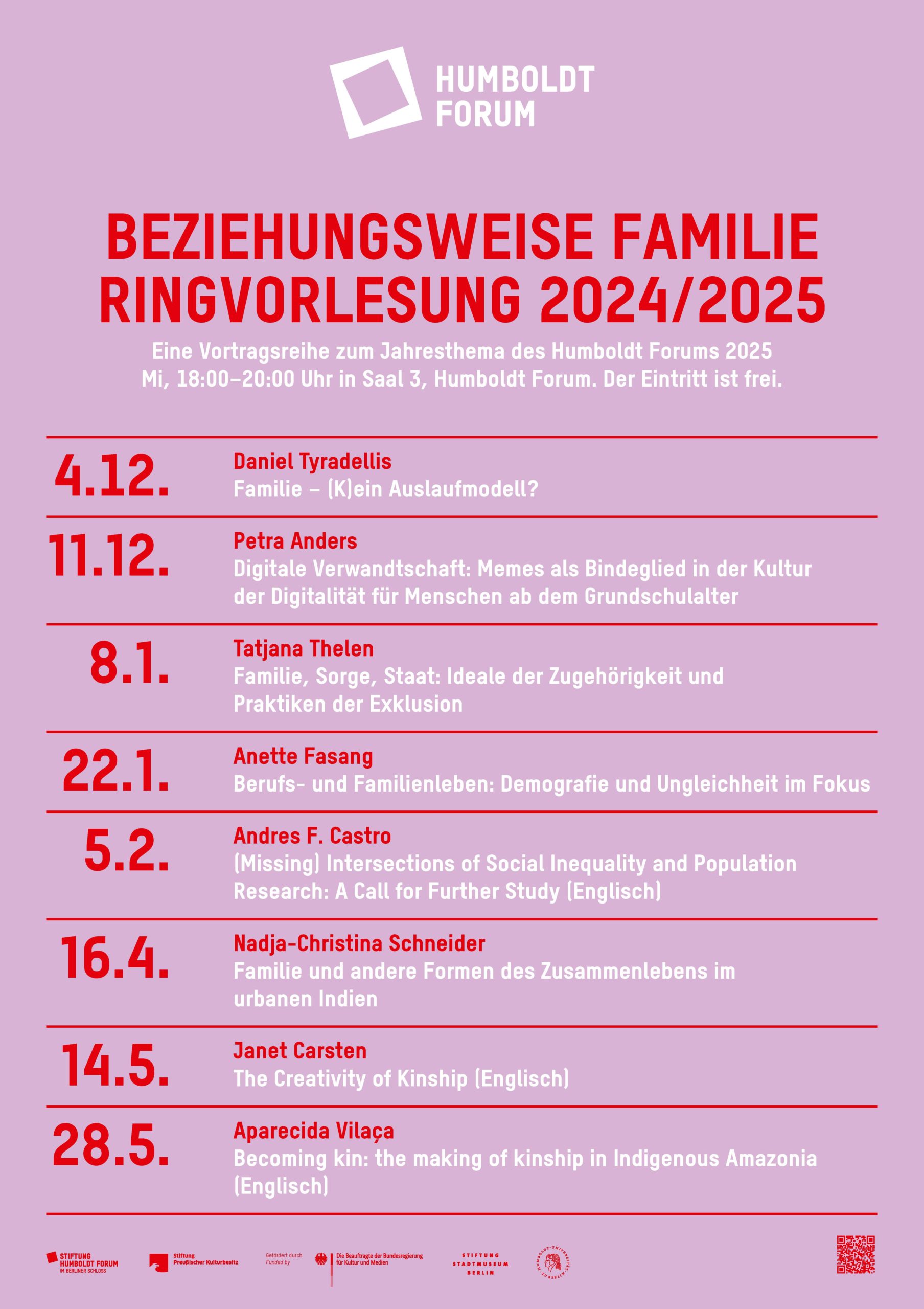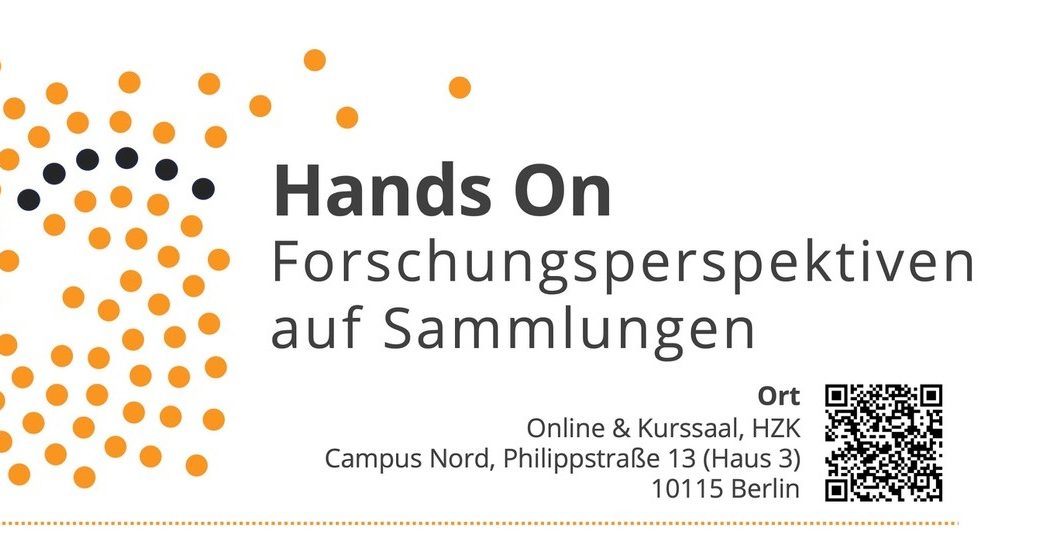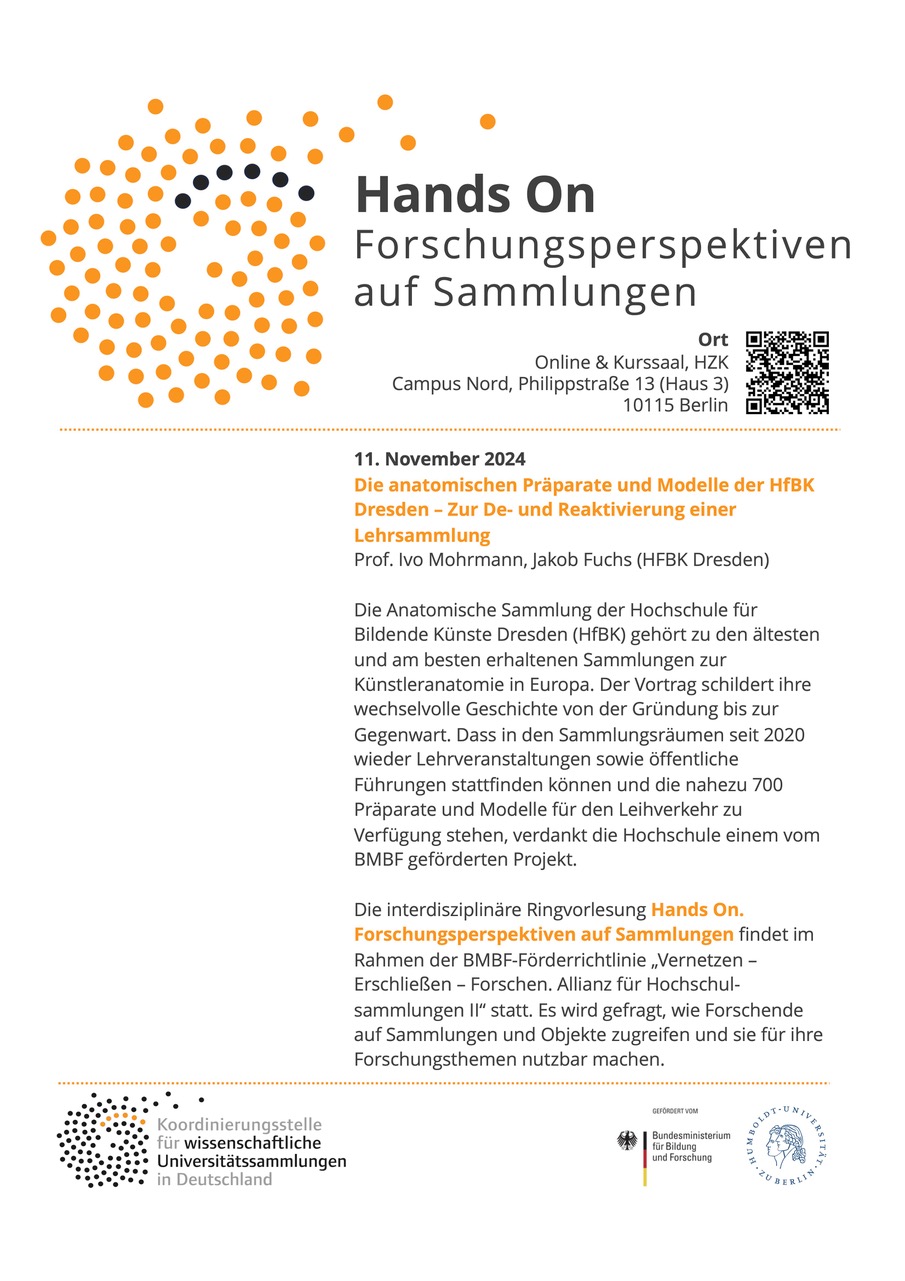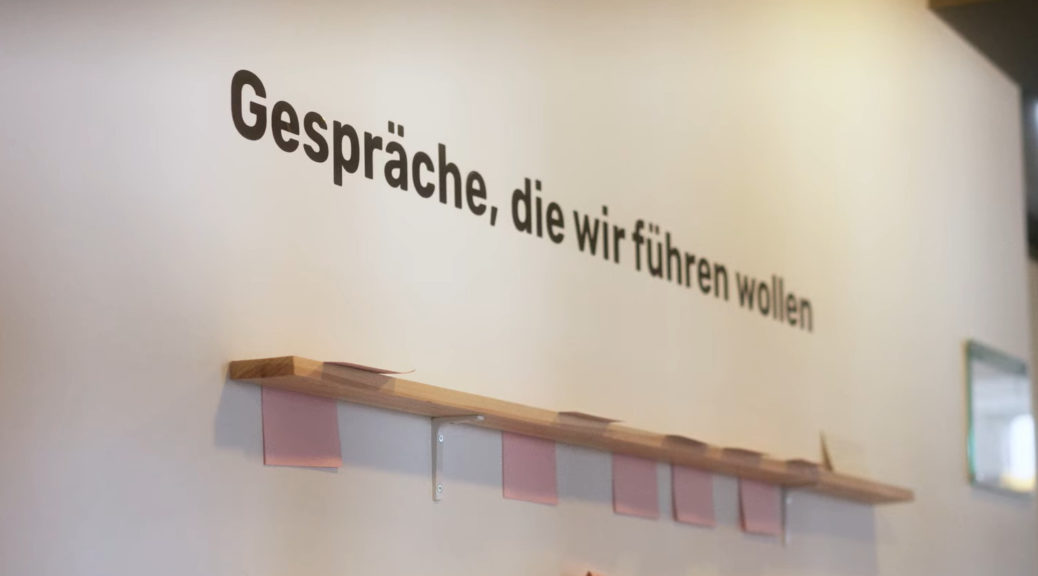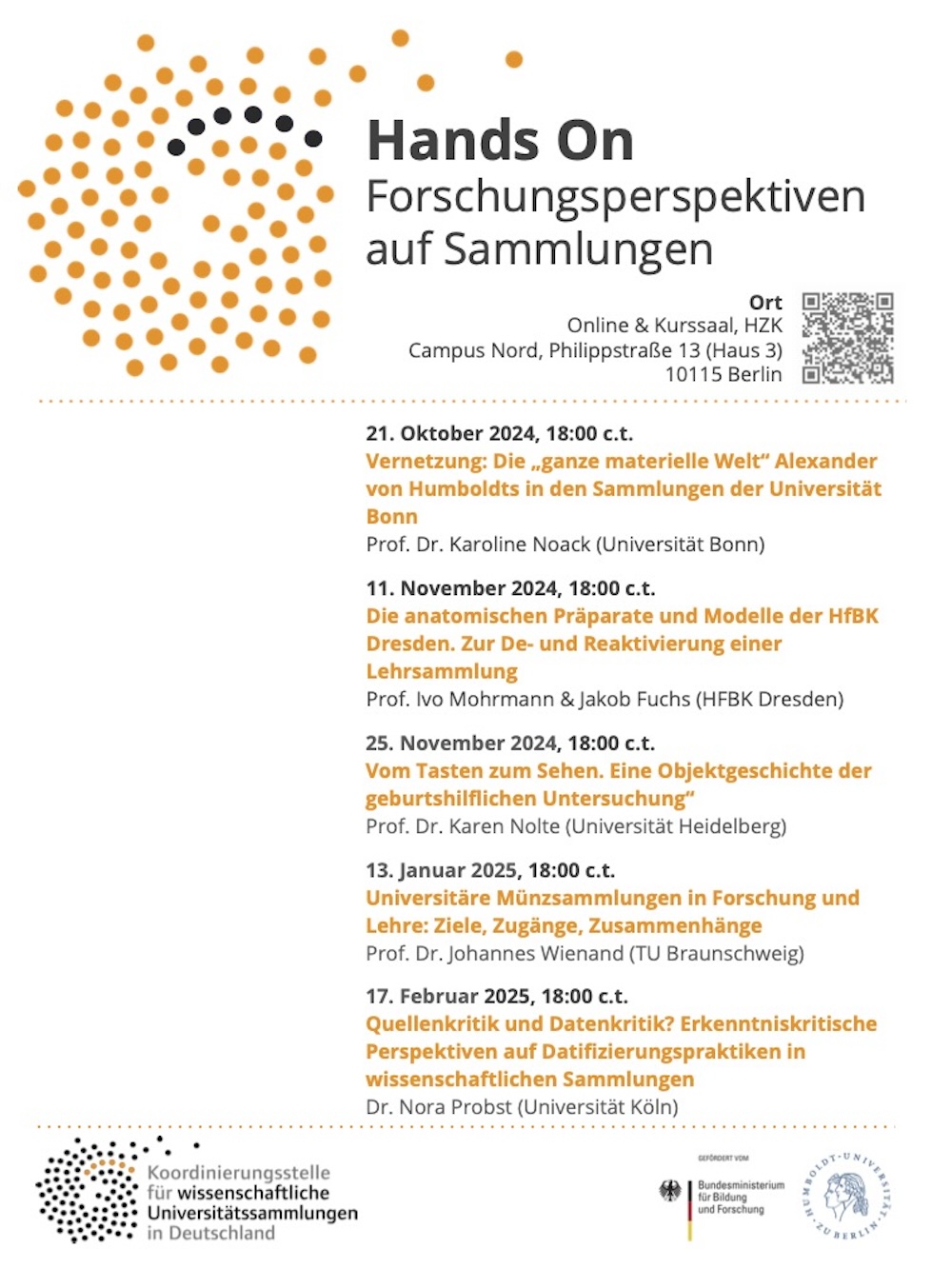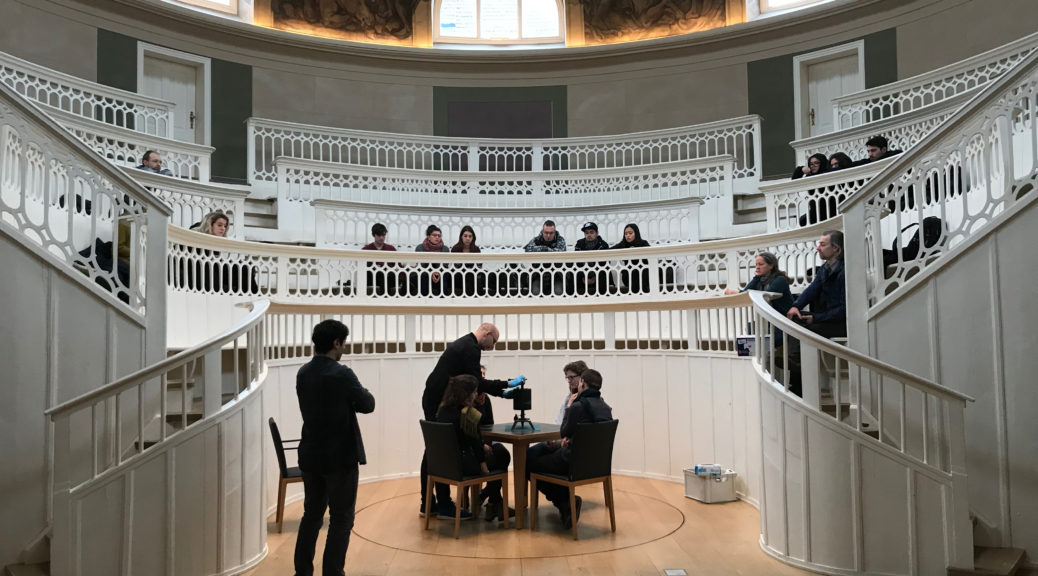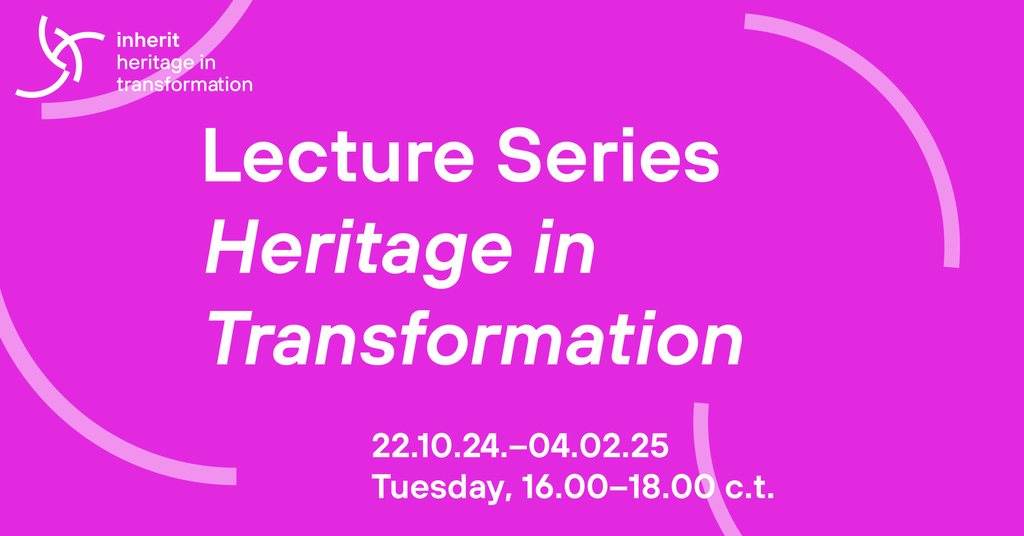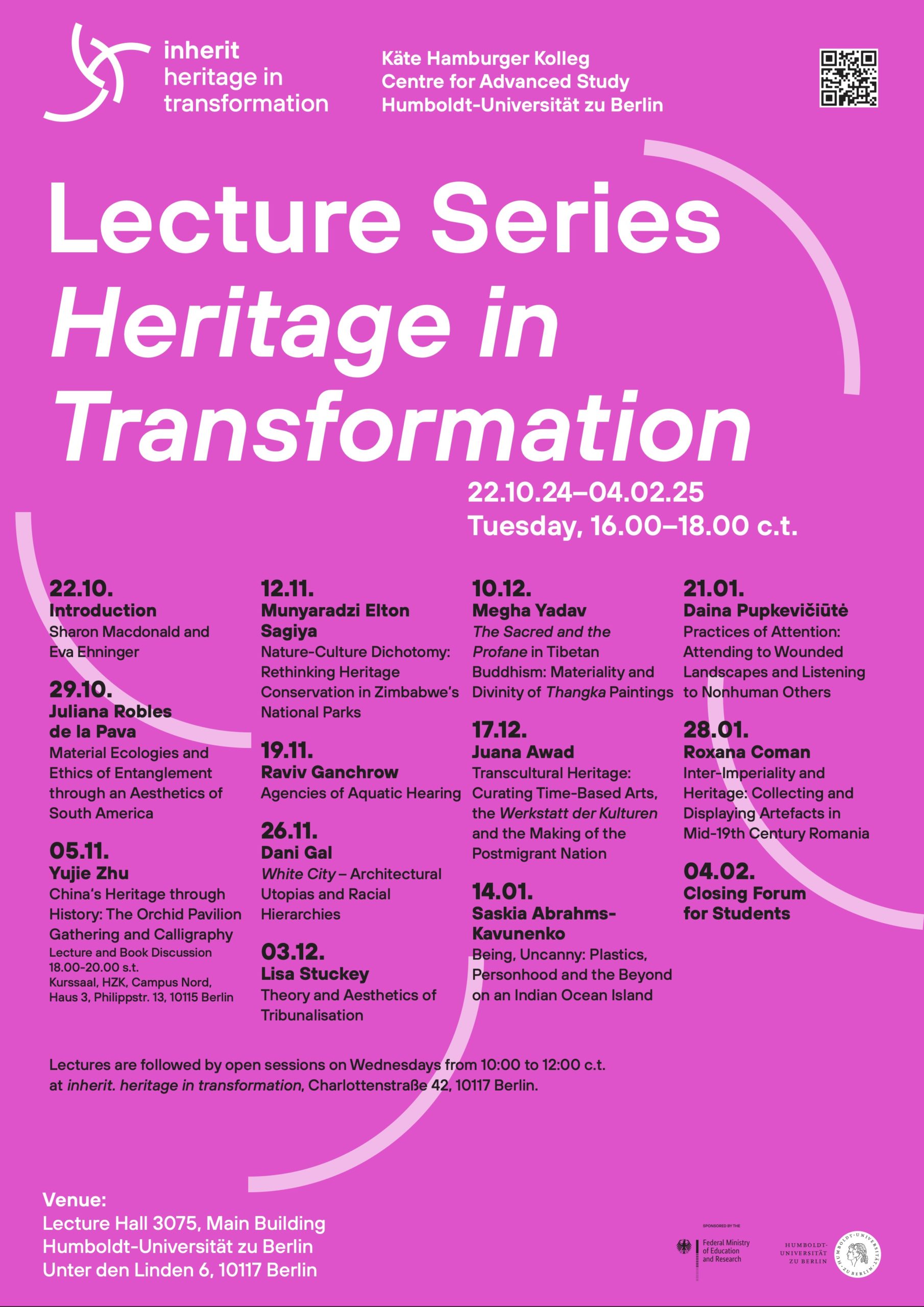On 11 December 2024 at 18:00 c.t. we invite you to the second date of the lecture series "Beziehungsweise Familie" (Family Matters):
Digital Kinship – Memes as Cultural Connectors in Digitality for People from Elementary Age Onward
Prof. Dr. Petra Anders (Humboldt-Universität zu Berlin, Institut für Erziehungswissenschaften)
The concept of digital culture (Stalder 2017) expands the notion of kinship: people interact by responding to digitalized content from one another, constantly forming new communities often shaped by algorithms. Memes serve as connective elements in these digital communities; they allow people, often humorously, to show which cultural references they identify with and to what extent they feel a sense of belonging (Shifman 2014). Professor Anders’ Center for Poetic Digital Education at Humboldt University builds on this digital culture, supporting individuals from elementary school age in developing their own senses of belonging and becoming empowered members of online communities. Various school projects reveal that children enjoy exchanging meaningful content through memes and demonstrate impressive interpretative skills when engaging with the literary ambiguity in children’s literature (Anders 2024).
The lecture will be held in German.
Participation is possible without pre-registration and is open to all interested parties.
Organiser:
Prof Dr Daniel Tyradellis (Humboldt-Universität zu Berlin)
Dr Alia Rayyan (Humboldt-Universität zu Berlin)
Dr Laura Goldenbaum (Humboldt Forum Foundation in the Berlin Palace)
Place and time:
11 December 2024,
6 to 8 pm
in Room 3 (Saal 3), ground floor, Humboldt Forum, Schlossplatz.
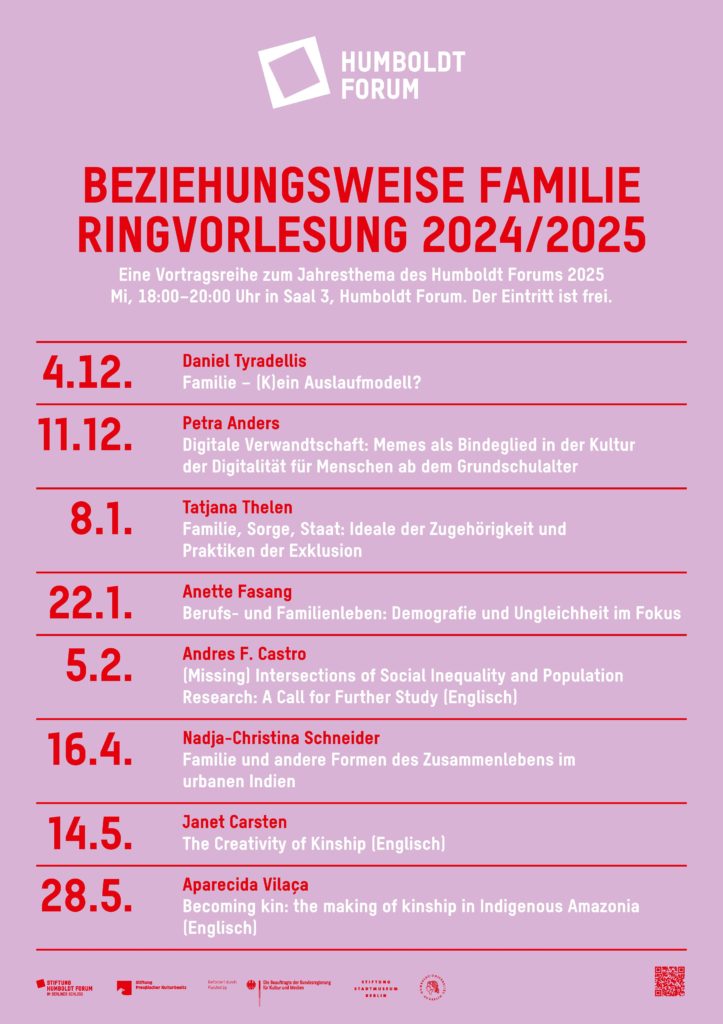
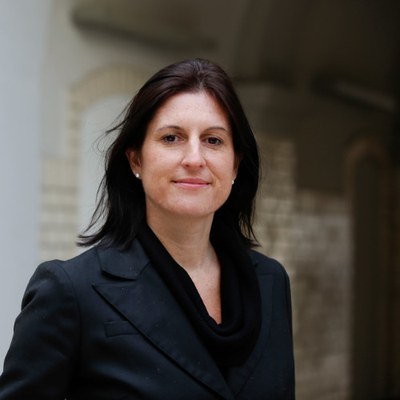
Petra Anders studied German, History, and Philosophy at the universities of Göttingen and Vienna from 1992 to 1999. After completing her teacher training in Berlin, she worked as a teacher in Brandenburg, Baden-Württemberg, and Hamburg. In 2010, she earned her doctorate at the University of Bremen with a dissertation on “Poetry Slam in German Instruction.” From 2011 to 2012, she was a Visiting Scholar at Teachers College, Columbia University, in New York City (with a focus on Digital Storytelling and Cultural Studies). Her research interests include film and literature didactics, as well as education in a world that can also be shaped digitally. In April 2022, she received the Humboldt-Universität zu Berlin’s Teaching Excellence Award for 2021.
